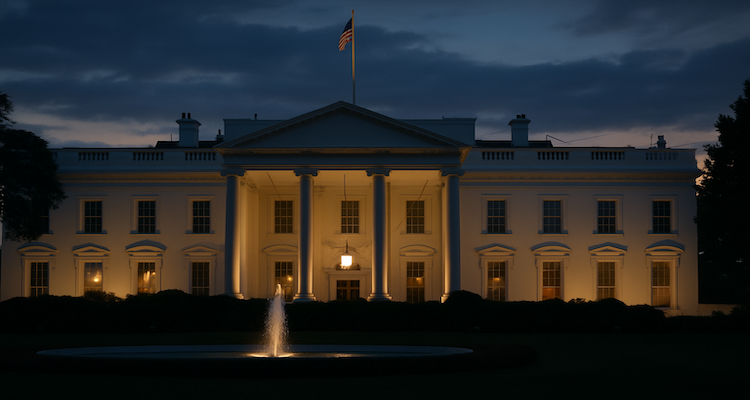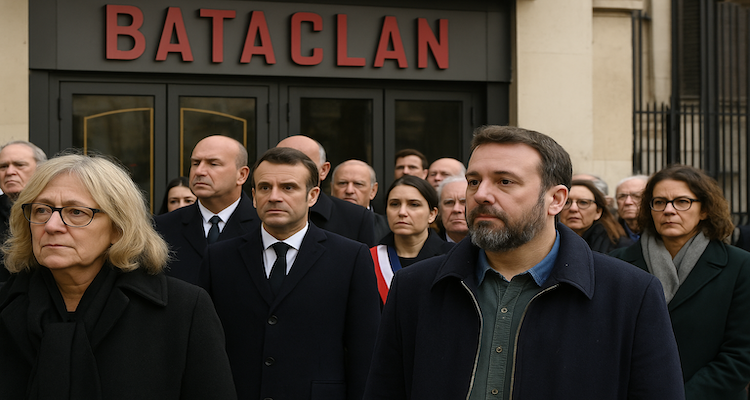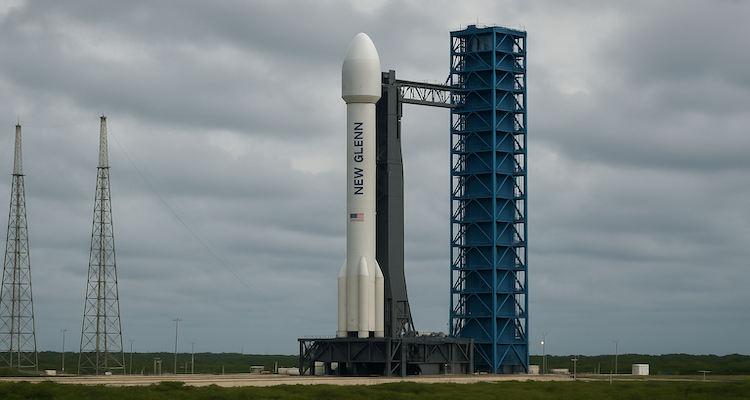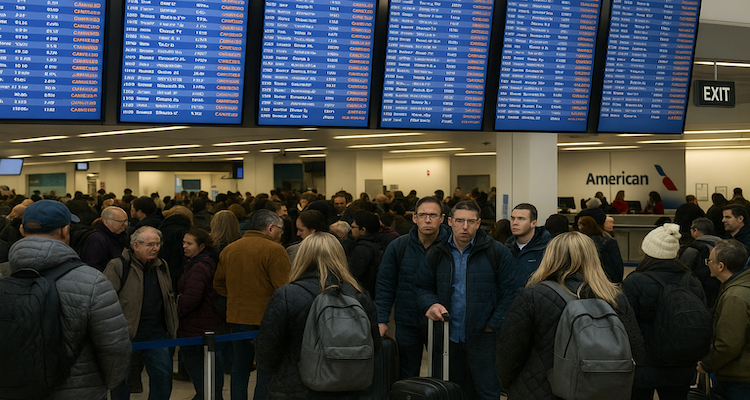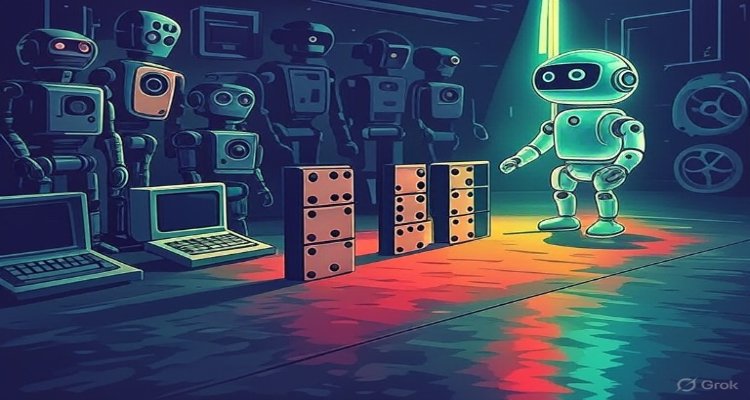The Forgotten AI Revolutions That Failed Before ChatGPT
Before ChatGPT, many AI revolutions failed to deliver. From symbolic reasoning to expert systems and chatbots, here’s why they collapsed and what we learned
Introduction
Artificial intelligence feels like an overnight phenomenon to many, thanks to the viral rise of ChatGPT. But history tells a different story. Decades before OpenAI’s chatbot became a household name, multiple “AI revolutions” tried to reshape how humans and machines interact. They arrived with ambition and hype but never reached mainstream adoption. Their failures laid the foundation for today’s successes — and their forgotten lessons carry warnings for the future.
Context & Background
The term “artificial intelligence” was coined in the mid-1950s, sparking waves of enthusiasm and investment. Each new era of AI promised breakthroughs — from symbolic reasoning in the 1960s to expert systems in the 1980s, and conversational bots in the 2010s.
While many of these attempts impressed researchers and investors, they faltered due to technological limits, cost, or public disappointment. Collectively, these failures contributed to the so-called AI winters — periods when faith in artificial intelligence collapsed along with funding.
Understanding these “forgotten revolutions” helps explain why ChatGPT succeeded where others failed: timing, scale, and usability.
Main Developments
Symbolic AI and the Logic Dream (1950s–1970s)
Early AI researchers believed intelligence could be fully captured through logic and symbols. Programs like SHRDLU (1970) could manipulate objects in a virtual block world using natural language commands. For its time, it was astonishing.
But limitations soon surfaced. Symbolic systems struggled with ambiguity, context, and real-world complexity. Translating human reasoning into rigid rules proved impossible at scale. Despite hype, the symbolic era eventually collapsed under its own weight.
Expert Systems and the Business Hype (1980s)
In the 1980s, corporations invested heavily in “expert systems” like XCON, built to replicate the decisions of human specialists. Banks, medical institutions, and manufacturers believed these systems would automate high-level reasoning.
At the peak, venture capital poured in, and Fortune 500 companies adopted them. But the systems were brittle, expensive to maintain, and unable to adapt as knowledge evolved. By the late 1980s, promises outran reality, leading to disillusionment and another AI winter.
The Chatbot Boom That Fell Flat (1990s–2010s)
Well before ChatGPT, conversational bots attempted to humanize AI. Joseph Weizenbaum’s ELIZA (1966) simulated a psychotherapist and became iconic, but lacked depth. Later, SmarterChild (early 2000s) and Microsoft’s Tay (2016) tried to engage users on messengers and social platforms.
Yet most ended up as novelties or public relations disasters. Tay, for example, was quickly shut down after learning and spouting offensive remarks from Twitter. These failures underscored the complexity of aligning AI with human values.
Expert Insight or Public Reaction
“AI has always been defined by cycles of hype and disappointment,” says Professor Michael Wooldridge, a leading AI researcher at the University of Oxford. “What changed with models like ChatGPT is the sheer scale of data, computation, and usability. It became less of a lab curiosity and more of a practical tool.”
Public sentiment mirrors this. While earlier generations saw AI as either futuristic or gimmicky, today’s users interact with ChatGPT in daily life — from drafting emails to coding assistance. The widespread accessibility is a game-changer.
Impact & Implications
The failures of earlier AI revolutions were not wasted. Each collapse forced researchers to rethink assumptions, refine methods, and push technology further.
-
Symbolic AI taught the limits of purely logical reasoning.
-
Expert systems revealed the risk of static “knowledge boxes.”
-
Chatbot missteps exposed ethical and safety dilemmas.
ChatGPT’s success comes from learning these lessons. Unlike past systems, it combines vast training data, scalable cloud infrastructure, and a user-friendly interface. But its popularity also raises modern questions: Will hype again outpace capability? Can society manage risks like bias, misinformation, and job disruption?
The forgotten revolutions serve as a reminder: AI breakthroughs can dazzle, but they must balance innovation with trust, governance, and realism.
Conclusion
Behind ChatGPT’s remarkable rise lies a graveyard of failed revolutions. From symbolic dreamers to brittle expert systems and poorly designed chatbots, each played a hidden role in today’s AI transformation. Their failures paved the way for resilience and reinvention.
As AI moves forward, remembering its forgotten revolutions isn’t just history — it’s insurance against repeating the same mistakes.
Disclaimer : This article is for informational and educational purposes only. It does not represent investment, academic, or professional advice.

